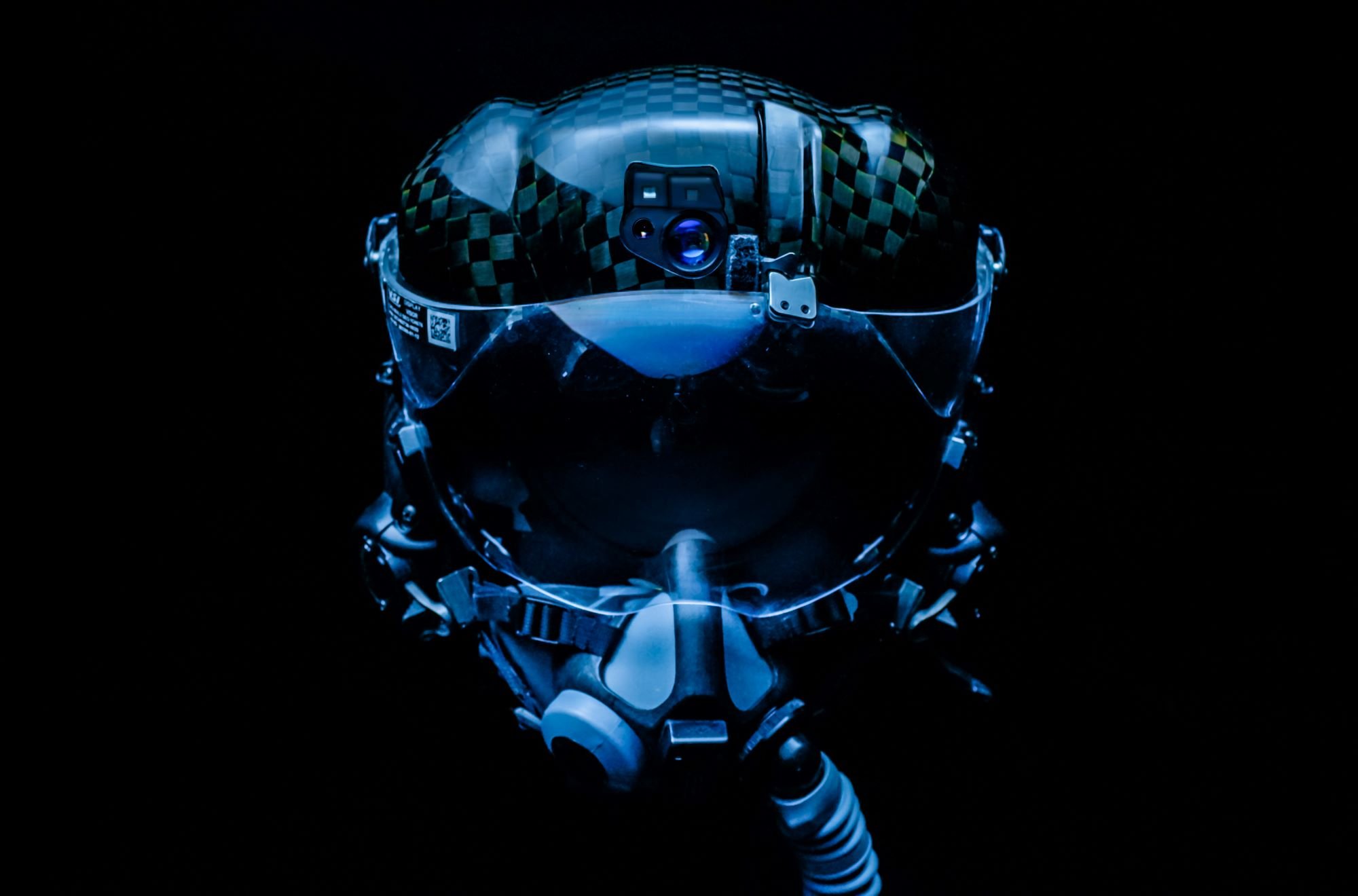SOURCE: RAUNAK KUNDE / NEWS BEAT / IDRW.ORG


Israeli defence technology firm ELBIT Systems has proposed its expertise in developing a new Helmet Mounted Display (HMD) system that could be integrated with India’s Advanced Medium Combat Aircraft (AMCA) program.
ELBIT’s solution aims to enhance the operational capabilities of the AMCA’s pilots by integrating the HMD with the existing DASH helmet system. This advanced HMD could potentially replace the conventional Head-Up Display (HUD) currently featured in the AMCA cockpit simulator developed by the Defence Research and Development Organisation (DRDO).
HMD systems have become a crucial part of modern fighter jets, enabling pilots to access critical information without needing to look at conventional cockpit displays. The HMD, using head-tracking technology and advanced low-latency graphics, effectively provides a virtual HUD, projecting key flight data, targeting information, and other sensor inputs directly onto the helmet visor. This allows the pilot to maintain situational awareness even in the heat of combat or during complex manoeuvres.
For India’s AMCA program, integrating an advanced HMD offers several benefits. First and foremost, it would improve the pilot’s ability to designate and track targets simply by looking at them, enhancing engagement accuracy and speed. Additionally, the system would offer tactical and flight data directly within the pilot’s line of sight, thus reducing the need to glance down at cockpit displays. This is particularly important in high-pressure scenarios where split-second decisions are necessary.
ELBIT’s proposal for the AMCA’s HMD system brings significant technological advancements to India’s indigenous fifth-generation fighter program. While the DRDO’s AMCA cockpit simulator, displayed at various defence exhibitions, currently features a traditional HUD, there are indications that this may not be the final cockpit configuration. The development of the final production variant of the AMCA might see the removal of the HUD altogether in favour of a fully integrated Helmet Mounted Display System (HMDS).
ELBIT’s HMD technology, by virtue of its precise head-tracking, could eliminate the need for a conventional HUD, streamlining the cockpit design. Pilots would be able to access all necessary flight, tactical, and sensor data through the HMD, simplifying the cockpit layout and enhancing situational awareness. As a result, the cockpit would be less cluttered and more intuitive, reducing pilot workload in critical flight scenarios.
It remains unclear whether DRDO will ultimately retain the traditional HUD in the AMCA cockpit or fully transition to a Helmet Mounted Display System. While the current simulator configuration features a HUD, the benefits of HMD systems may lead to the removal of the HUD in the final production version of the aircraft. This would be consistent with trends seen in advanced fighter jets like the F-35, which rely heavily on HMD systems for combat operations.
NOTE : Article cannot be reproduced without written permission of idrw.org in any form even for YouTube Videos to avoid Copy right strikes. Websites doing illegal reproductions will get DMCA and Legal Notices.